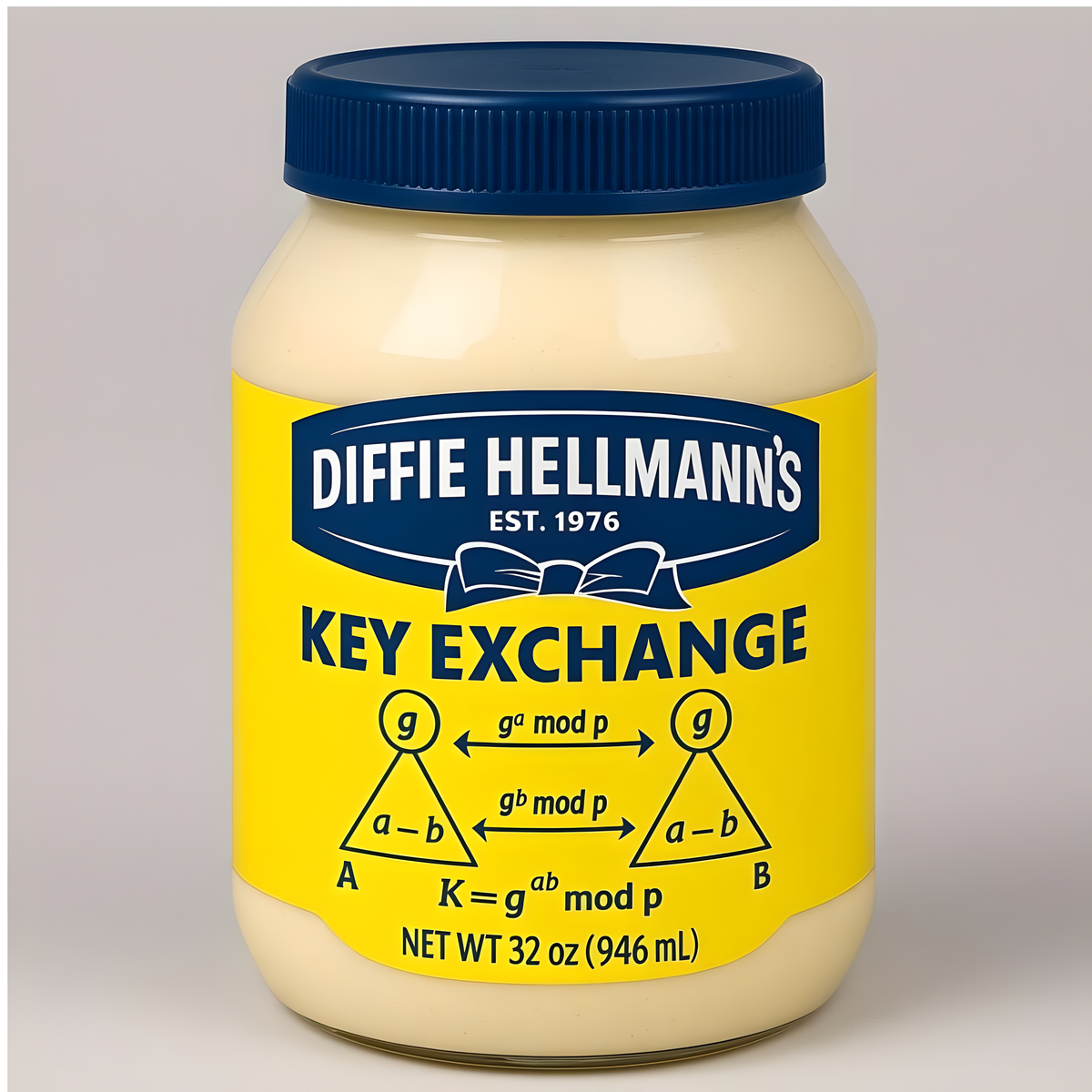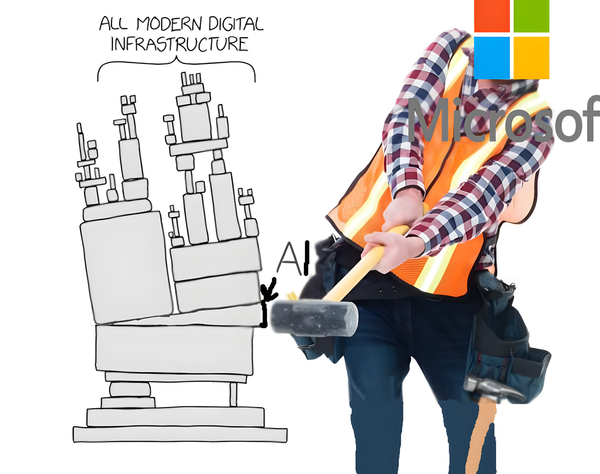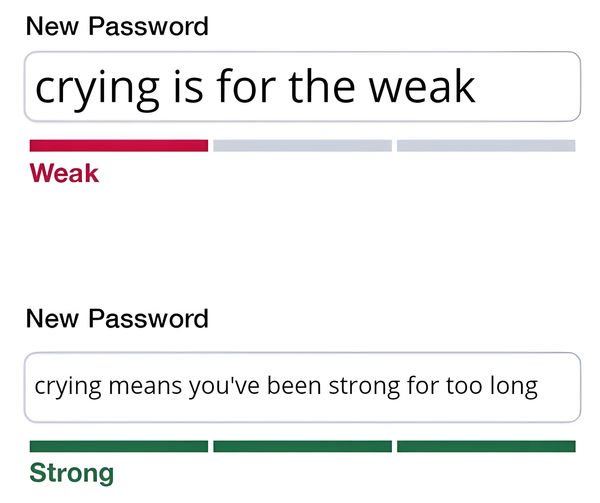The Managers' Guide #119
Is your developer identity limiting you? Discover how to redefine your role, protect your focus from constant pings, build a network that pushes you, defeat AI-driven burnout, and master the "observation + impact" formula for truly effective feedback.

The problem is that nobody ever tells you what it feels like to love something. Everybody thinks love feels like perpetual bliss. It doesn't. It mainly feels annoying. The right job is one that puts you in charge of the things that annoy you, allowing you to fix them.
Adam Mastroianni
The Programmer Identity Crisis
- ❓ The Core Identity Shift — The author describes the common programmer identity crisis of shifting from a self-view of “I am a programmer who writes code” to “I am a problem solver who uses code” to create value and impact.
- 🛠️ Code is a Tool, Not the Goal — A central theme is the realization that programming is a means to an end, not the end itself. The true goal is to solve a user's problem or achieve a business outcome, and the most effective solution isn't always the most technically interesting one.
- ⚠️ Dangers of a Narrow Identity — The article warns that clinging to a pure “programmer” identity can be career-limiting. It can lead to over-engineering, friction with non-technical work, and a disconnect from the actual value being created for users.
- 🧩 Embrace Being a Generalist — The author argues for embracing a broader role that values communication, product thinking, and user empathy as much as technical skill. True satisfaction and impact come from solving the right problem, even if the code required is simple — or if the best solution involves no code at all.
Developer Flow
- 🧠 Flow is a Fragile Mental State — Developer flow isn't just “being focused”; it's about holding a complex, interconnected mental model of a system in your mind. The article compares this to a “delicate game of Jenga” — where one small, misplaced interruption can cause the entire structure to collapse.
- ⏱️ The Hidden Cost of Interruption — A five-minute interruption is not a five-minute problem. The author highlights that it can take a developer 15-25 minutes to regain their previous state of deep focus, making context switching an enormous — and often invisible — drain on a team's time and energy.
- 💥 Identifying the “Flow Killers” — The primary sources of broken flow are synchronous interruptions that demand immediate attention. This includes unnecessary meetings with no clear agenda, constant pings on chat apps like Slack or Teams, and virtual “shoulder taps” that force developers to abandon their current mental context.
- 🛡️ Protecting Flow is a Leadership Responsibility — The article argues that protecting developer flow is an active job for managers and leaders. Key strategies include promoting asynchronous communication as the default, scheduling large, dedicated blocks of uninterrupted focus time, and establishing strict “meeting hygiene” to ensure every meeting is truly necessary and efficient.
Challenge Network
- 🤝 Support vs. Challenge Networks — The article introduces two distinct but vital relationship circles. A Support Network provides encouragement and emotional safety, while a Challenge Network consists of trusted individuals who push back, question your assumptions, and help you see your “blind spots” to foster growth.
- ⚠️ The Danger of an Echo Chamber — The author warns that while comfortable, surrounding yourself only with a support network is a recipe for stagnation. It insulates you from necessary criticism and prevents you from seeing the flaws in your own thinking and behavior, ultimately hindering your progress.
- 💎 What Makes a Great Challenger — A challenger isn't just an antagonist. The article stresses they must be people you trust and who genuinely care about your success. Their feedback comes from a place of wanting to help you grow — they “care about you enough to disagree with you” — not from a desire to be critical for its own sake.
- 🌱 Actively Cultivate Your Network — A challenge network doesn’t happen by accident. You must intentionally seek out and nurture relationships with people who are willing to give you honest, direct feedback. This involves being receptive to difficult truths and showing appreciation for their candor, even when it’s uncomfortable.
Death by a thousand slops
- 🤖 The Rise of AI-Generated “Slops” — The author coins the term “slops” to describe a predicted flood of low-effort, AI-generated code contributions to open source projects. These submissions often appear plausible but lack deep understanding of the project, solve trivial or non-existent problems, and are submitted in overwhelming volumes.
- 😫 Maintainer Burnout as a Service — This tsunami of low-quality pull requests creates a massive, unsustainable burden on project maintainers. Their time shifts from productive work — like feature development or fixing important bugs — to the thankless task of reviewing and rejecting an endless stream of valueless contributions, leading to frustration and burnout.
- 🏅 Misaligned Incentives and Gamification — The root cause is not malice, but misaligned incentives. People are motivated to generate these “slops” to gain contribution credits, pad their résumés, or simply because AI tools make it trivially easy to do so. The act of contributing becomes detached from the goal of actually improving the software.
- 🛡️ Raising the Bar for Contributions — The author predicts that projects will be forced to erect stronger defenses to survive. This will likely include much stricter contribution guidelines, requiring detailed problem descriptions, proof of understanding the codebase, and possibly even automated checks to filter out obviously AI-generated, low-effort submissions.
What Real Feedback Sounds Like
- 🔍 Feedback is an Observation, Not a Verdict — The article distinguishes between true feedback and simple judgment. Stating “You’re doing a great job” is a verdict — it’s a label without actionable information. Real feedback describes a specific, observable behavior, providing concrete data for the recipient to learn from.
- 🎯 The “Observation + Impact” Formula — The most effective feedback follows a clear structure: it states a specific, observable action and then explains the impact it had. For example, “When you took the lead on documenting the project (observation), it saved the team from confusion and rework later on (impact).” This model removes personal opinion and focuses on cause and effect.
- ❤️ Real Feedback is an Act of Caring — The author argues that delivering specific, sometimes difficult, feedback is a sign of genuine investment in a person’s growth. It is much easier to offer vague praise or avoid conflict entirely. Taking the time to provide a clear, actionable observation — even if it’s uncomfortable — shows you care enough to help someone improve.
- 🏃♀️ The Goal is Action, Not Just a Score — The purpose of feedback isn't merely to evaluate performance, but to empower change. Vague praise is a dead end because it doesn't tell the person what to repeat. Specific, observational feedback gives the recipient clear information they can use to either continue a positive behavior or adjust a negative one.
My new(sletter) is aliiiive! Short, sharp technical explainers delivered weekly. From protocols to AI, we make complex ideas click.
That’s all for this week’s edition
I hope you liked it, and you’ve learned something — if you did, don’t forget to give a thumbs-up, add your thoughts as comments, and share this issue with your friends and network.
See you all next week 👋
Oh, and if someone forwarded this email to you, sign up if you found it useful 👇



